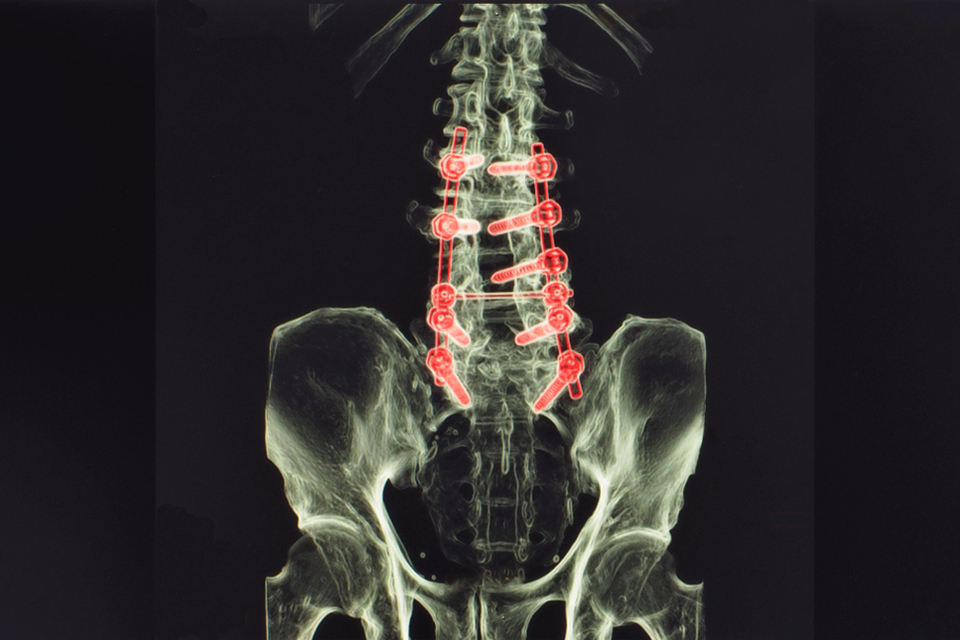A new spinal cord implant and other medical technologies for paralysis and nerve damage are taking the ideas of medical possibilities to their limits.
We’ve written before about how 3D-printed titanium can help doctors repair spinal cords. We also wrote about a spinal cord implant breakthrough just last month.
Miraculously, yet more breakthroughs regarding spinal cord implants cropped up recently.
Patients in a University of Louisville research program showed positive results thanks to their 16-electrode array implant.
What are the results of the study so far and what can the implant do?
Promising Results Among Four Patients
Kelly Thomas, in the video above, participated in the program after a devastating accident that left her paralyzed. Like her program partner Jeff Marquis, doctors told her that she might never walk again after her accident.
Against all odds, she and Marquis can both independently walk again thanks, in part, to the spinal cord implant from the study. Of course, lots of physical therapy and other treatments were used, as well.
However, Thomas can cross a 100-yard grass field with the aid of a walker by herself. This shows a redevelopment of muscle and, best of all, Thomas wasn’t alone. Another member of the study, yet unnamed, can also walk independently, as well.
Published September 27th of this year in The New England Journal of Medicine, the study tested patients’ spinal cord epidural stimulation as well as weight support. This took place between 2.5 to 3.3 years after the patients’ traumatic spinal injuries.
Over a period of 85/15 weeks and 278/15 sessions respectively, two patients could walk over-ground. All four patients were able to stand independently and regained trunk stability during the study.
A Big Step Toward More Complete Recovery
While this may not be a cure-all treatment, Jennifer Collinger says that it’s a huge step. Though not affiliated with the research, she’s a professor of physical medicine and rehabilitation at the University of Pittsburgh.
“This is the first time that anybody has demonstrated functional walking activity for somebody with complete spinal cord injury.”
They call the implant “Junior” and it requires surgery to implant. The FDA-Approved REstoreAdvanced SureScan MRI Neurostimulator comes from Medtronic. This same company provided a different implant for the similar Mayo Clinic study.
The patients themselves can control it using a remote which communicates with a hub in their abdomen through the skin. When the device is off, Thomas says, she’s “completely paralyzed.” But when it’s on, she can walk, move her toes, and more.
As the device also helps to control pain, it can help to stimulate nerves, too.
Researchers are working to discern just how spinal cord implants help paralysis patients.
The running theory is that weak electrical connections remain in patients with damaged spinal cords. The device can tap into and stimulate these connections to empower movement.
Researchers also don’t know why some patients respond better than others to the implant.
They will continue their work, hopefully with larger trials says Susan Harkema, the University of Louisville associate director of the Kentucky Spinal Cord Injury Research Center.



















Comments (0)
Most Recent